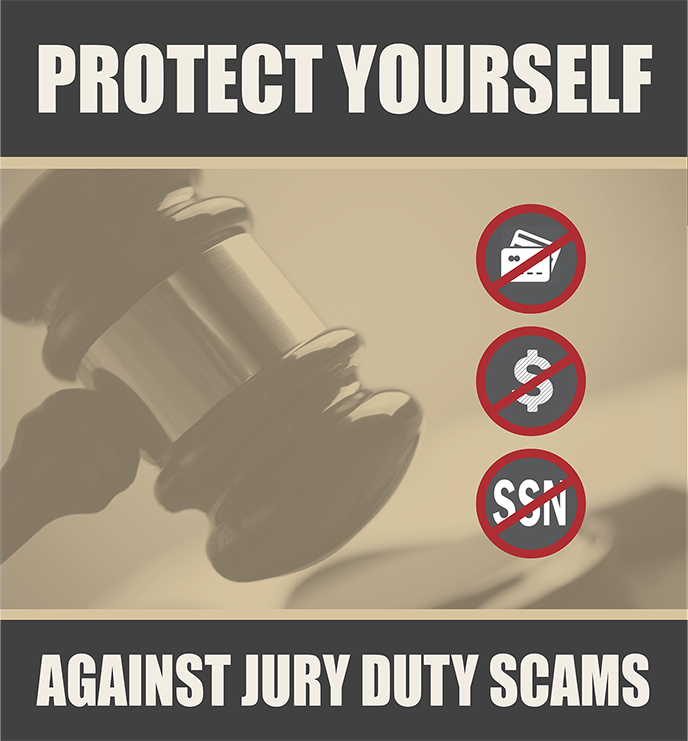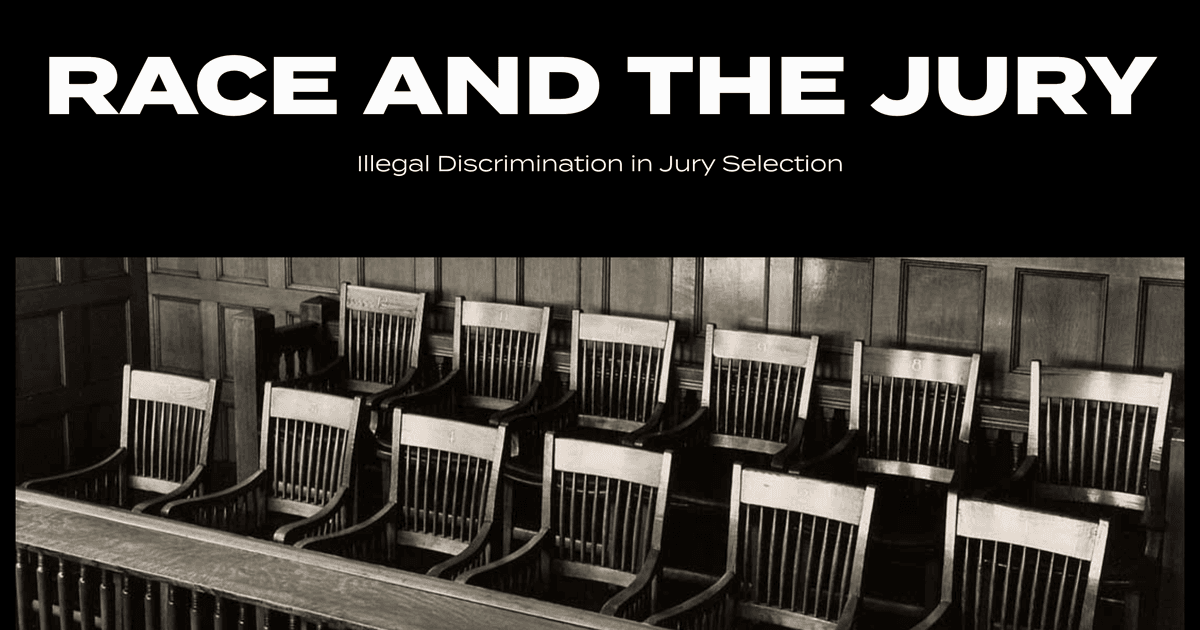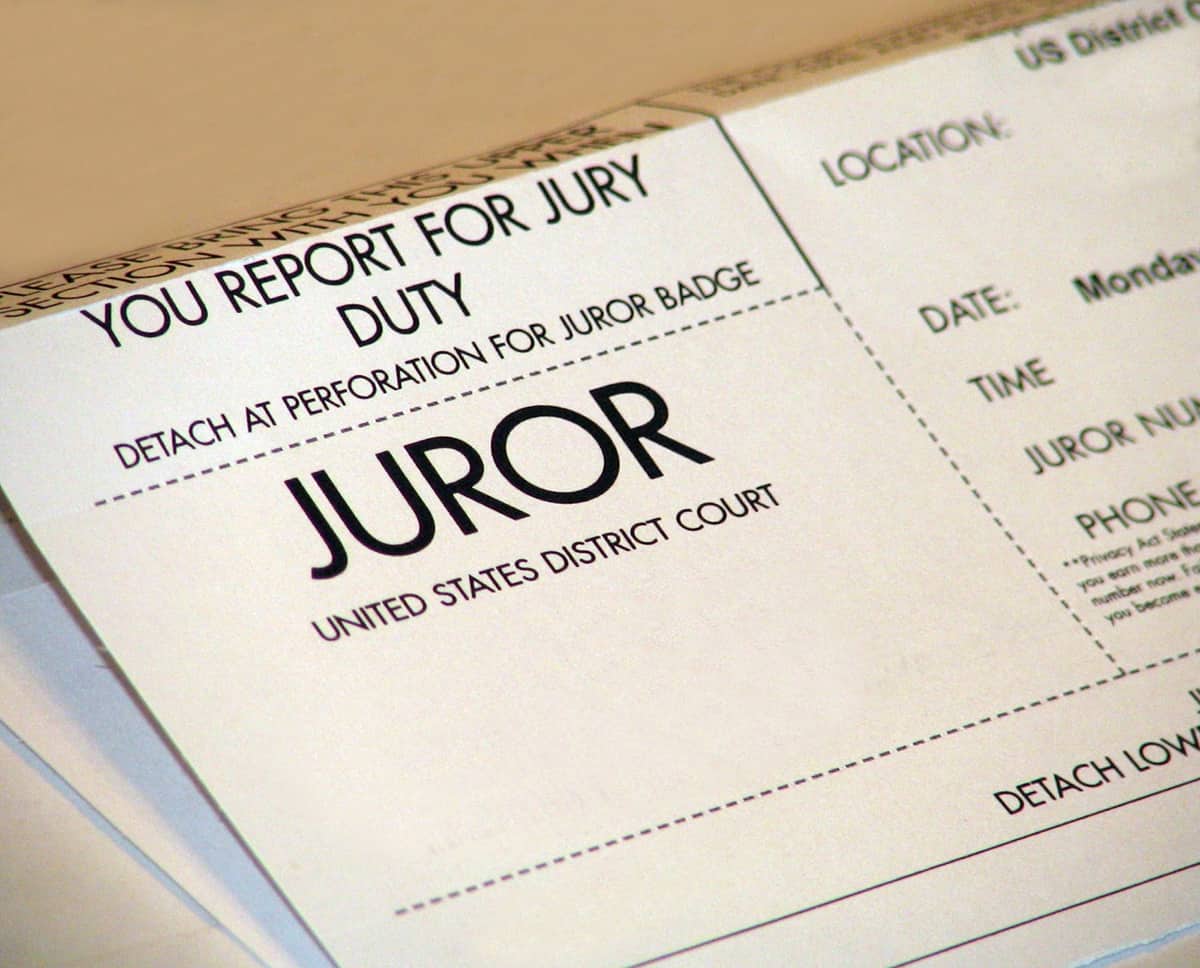
The first new Juror Orientation Video for Washington courts since 2005 has been produced. It is now available for courts to utilize in helping prospective jurors understand the steps involved in jury service and the critical importance of this civic duty.
The 21-minute video features updated language, added definitions, professionally produced graphics and jury scenes. A narrator explains jury selection steps, describes courtroom procedures and the reasons for them. Most important, he discusses examples of how unconscious bias works.
“The right to a jury trial is a fundamental constitutional right, essential to our system of justice and our democracy . . . This new video will help prospective jurors understand the importance of jury service as a civic responsibility, and show them how our system of justice works.” ~King County Superior Court Judge Michael Scott
Discussions had begun years ago that Washington’s juror orientation video needed an update. Unfortunately, the COVID pandemic delayed development.
Development of content and script were overseen by WPIC’s Juror Orientation Video Subcommittee, chaired by attorney Keith Kessler, a longtime member of WPIC. “We deeply appreciate Mr. Kessler’s leadership and dedication to the completion of this video,” wrote the staff of the WPIC in announcing the video, which was produced by digital media agency Sandbox, Inc.
Discussions had begun years ago that Washington’s juror orientation video needed an update. Unfortunately, the COVID pandemic delayed development.
“We started getting gentle and sometimes not-so-gentle nudges from judges, court staff, and attorneys who all had the same message: The video needs an update . . . These were professionals on the front lines who saw, day in and day out, how important it is for jurors to be given clear, modern direction. They were advocating for jurors, wanting them to have the best tools possible to fulfill their civic duty.” ~Attorney Keith Kessler, Chair of the Juror Orientation Video Subcommittee
Updating the video involved a thoughtful, collaborative process with a subcommittee of experts on trial practice. It required numerous meetings, drafts and rewrites to create a script reflecting the best practices of modern courtrooms.
The new video is “clear and designed to help jurors understand their role in a way that’s both informative and empowering,” Kessler said. “My hope is that this video will help jurors feel confident as they step into the courtroom, knowing they have the knowledge they need to do their job well.”
The video can be found on Washington Courts’ YouTube page, as well as linked on Washington Courts’ Jury Duty page.
My opinion? Juror bias videos like these are excellent toward educating jurors of their hidden biases. Another helpful tactic used by experienced defense attorneys is a jury questionnaire. Often, jurors complete these questionnaires when they arrive at court for the trial. These questionnaires examine a juror’s ability to fairly judge Sex Offenses, DUI and Domestic Violence cases. Copies of the completed questionnaires are distributed to the parties and the judge. Ideally, the completed jury questionnaires are made available to the parties far enough in advance of the voir dire questioning to allow for the proper evaluation of the information they contain (e.g., a several hour or an overnight recess).
Please contact my office if you, a friend or family member are charged with a crime. Hiring an effective and competent defense attorney is the first and best step toward justice.














